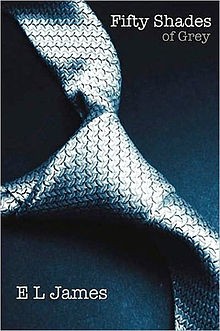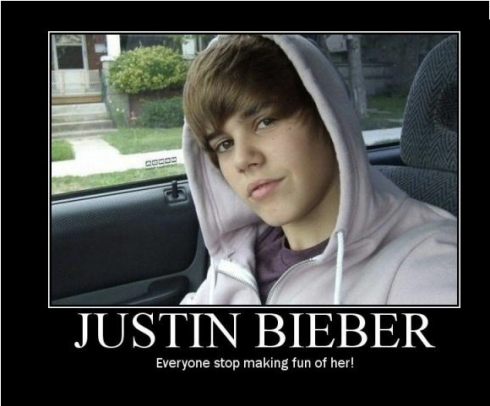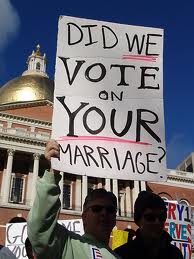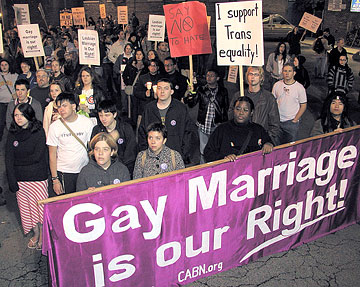“Don’t you want to be a mama?” I ask my daughter. She starts to cry. “No,” she says. “I want to be a pilot.”
I feel a pang of failure. How is it possible that, despite the fact that I have held a job for my daughter’s entire life, I have somehow failed to convey that one can be both a mama and a pilot?
This New York Times article is a joy to read, insightfully dissecting the complexities of negotiating ones identity while growing up in a gendered society. Recently we have seen quite a few voices critiquing the gendering of childhood by retailers and products marketed to children, whether it is toys (Let Toys be Toys or #liberateLEGO campaign, for example), clothes or books. This article looks at a more nuanced ways in which a child in the modern society interacts with and appropriates gender roles and identities.
Programmes like Bob the Builder and Fireman Sam are examples of ways in which children are taught about societal roles, professions, and adult life. So although the passage I have quoted from the article is a bit alarming in some ways, and slightly comic in others, I think that it just shows that the child has not yet grasped the idea of a person occupying different roles and identities in the social structure throughout their lives as well as at a particular given time.
Of course if the child found it incongruent to be a woman and a pilot, rather than a mama and a pilot, I would be significantly more worried. That would signify that our education system has not really progressed to realistically reflect the changes in the gender make up of our workplaces, or the possibilities open to join different industries regardless of gender available today. (Although, I would be interested in whether children see the roles of dad and pilot/businessman/scientist/postman as equally incongruous.)
I should mention here that a real problem I see here is the sort of inequality that comes with girl children being confronted with the ‘choice’ or the possibility of impending motherhood some time in the future, whereas boy children are perhaps not reminded as often of their possible roles are future fatherhood/parenthood in the same manner.
In fact, one of the only critiques of this excellent expository article that I can think of is of the expectation that children should be individuals who make their own choices. Personally I wonder whether we have let our fear of growing up in a structure that genders (and in other ways hegemonizes) the space in which we make our life choices lead us to the other extreme – where we try to give our children an abundance of choices, even ones they might not be ready to make.
Schank writes, “For her birthday she asks for a new duvet cover, to replace the pink one. After much Googling we settle on a blue, green, yellow and white striped cover.” The idea that living space needs to reflect the person’s personality is a rather modern, consumerist idea. As someone with anti-hyperconsumerism sentiments, I am concerned about whether “much googling” is required as a prelude to buying a duvet cover for a child. Moreover, I am concerned about whether children need to be faced with such relatively unnecessary decisions between an overwhelming amount of choices available of products online.
My suspicion of whether we have started expecting too much from children in terms of showing ‘individuality’ as well as making their own choices about things like clothes, hair, etc., finds its apex in the points in this paragraph.
For the second year in a row, my daughter is one of a handful of girls in a class dominated by little boys. And in what seems to me like a pretty girlie impulse, my daughter wants to dress like her friends. This means her favorite color right now is plaid, and her outfits consist primarily of T-shirts layered under flannel hand-me-down shirts from her older brother. “This is just like Emmett’s shirt,” she says as she buttons up a red and white flannel shirt over a blue striped T-shirt. Emmett, who as a 4-year-old boy probably doesn’t pay the slightest bit of attention to his wardrobe, is the Vogue magazine of my daughter’s life.
Firstly, I think that the impulse to dress and act like ones friends is as much “girlie” as an important developmental phase that most children go through that allows them to successfully form social connections, as well as ‘find their place’ amongst various social groups. Secondly, the idea that Schank’s daughter is just following her friends who, being boys, don’t have to think about their own identities and their selves in relation to everyone else might be debatable. The way that patriarchy operates means that if Emmett’s mother tried to encourage him to dress differently (not in “T-shirts layered under flannel hand-me-down shirts”), he might protest as dominant masculinity ideologies arouse feelings of anxieties that affect the choices that men, women, boys, girls make. Both Emmett and Schank’s daughter are probably trying to dress and act like the rest of the group that they identify with and want to be accepted by.





 I have been following the conversations and controversies regarding Obama’s
I have been following the conversations and controversies regarding Obama’s 





